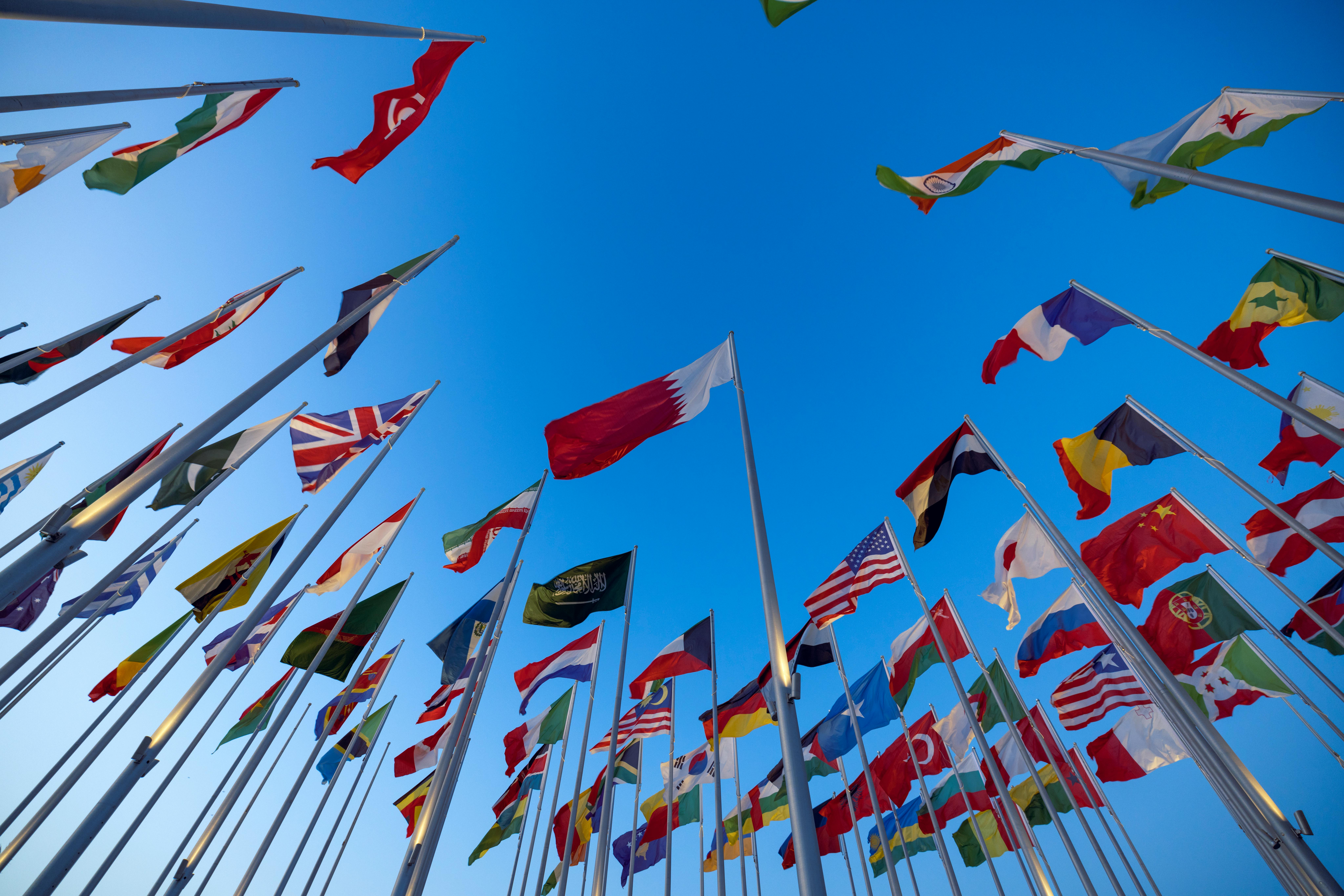The A–Z of 2025 Cultural Insights: N is for National Identity
In 2025, national identity is being remixed, reclaimed, and, in some places, resisted. As global crises, migration patterns, digital citizenship, and climate displacement blur traditional borders, the meaning of belonging is shifting fast. National identity is no longer defined solely by passports, flags, or borders—it’s increasingly shaped by shared narratives, diasporic memory, and cultural contribution. In this fourteenth instalment of the A–Z of 2025 Cultural Insights series, we examine how national identity is evolving, contested, and reimagined in an interconnected but fractured world.
Five Key National Identity Trends Defining 2025
1. Diaspora-Led Cultural Revivals Are Reshaping the Narrative
Global diasporas are reclaiming and exporting identity through music, cuisine, fashion, and activism. From Afrobeats topping global charts to Palestinian embroidery showing up on couture runways, diaspora-led cultural expression is influencing national narratives both at home and abroad. According to a 2024 report by UNESCO, diaspora-led cultural initiatives have tripled since 2019, driven by Gen Z creatives and social media amplification (UNESCO, 2024).
2. National Branding Is Becoming a Soft Power Tool
Governments are investing in nation branding to influence perception and attract tourism, trade, and talent. Countries like South Korea, Finland, and Rwanda are using culture, design, and innovation to shape their global reputation. The Brand Finance Nation Brands 2023 report notes that nations with strong identity narratives see greater foreign investment and global influence (Brand Finance, 2023).
3. Digital Citizenship and Statelessness Are Redefining Belonging
With the rise of e-residency programs, digital nomad visas, and climate displacement, more people live between or outside of traditional definitions of citizenship. Estonia’s e-residency program, launched in 2014, now counts over 100,000 global participants, reshaping what it means to be a “citizen” (e-Residency, 2024). Simultaneously, the UNHCR estimates over 117 million forcibly displaced people worldwide—many with uncertain or contested national status (UNHCR, 2024).
4. National Identity Is a Battleground for Memory and Monuments
Across the globe, debates rage over statues, museums, and school curriculums. Who gets to tell a nation’s story? Movements like #RhodesMustFall, Decolonize This Place, and Black History Curriculum Reforms challenge the historical canon. A 2023 study from Pew Research Center found that 65% of young adults believe their country should revise how history is taught to reflect multiple perspectives (Pew, 2023).
5. Sports, Music, and Pop Culture Are Becoming Identity Anchors
National identity is increasingly expressed through cultural exports, especially in sport and entertainment. The global impact of artists like Bad Bunny (Puerto Rico) or athletes like Kylian Mbappé (France) shows how celebrity and culture transcend borders while still reinforcing pride of origin. “This FIFA Women’s World Cup reminds us how we come together as an international community and as a human community. Sport – especially the global game of football, played by millions – brings us together in all our beautiful diversity. A kaleidoscope of humanity.” Senator The Hon Penny Wong, Minister for Foreign Affairs.
Key Takeaways for 2025
- Diaspora communities are reshaping national identity, blending memory with innovation.
- Governments are investing in nation branding, using culture and design to define global reputation.
- Digital and displaced citizens are complicating belonging, creating new forms of identity without borders.
- Narratives of national identity are under revision, with history and monuments up for renegotiation.
- Pop culture is a dominant force in identity-making, often surpassing policy or politics.
Looking Ahead
National identity will continue to evolve alongside technology, climate, and geopolitics. In the future, identity may be as much about networks and narratives as territory and tradition. Next week, we explore “O is for…” but will it be Opacity, Off-Grid Living, or Optimism? We’ll keep tracking the signals.
Sources & Further Reading
Article by ChatGPT | Fact-Checked by ChatGPT
Further checks by Mahalia Tanner.




